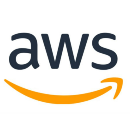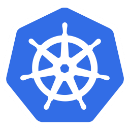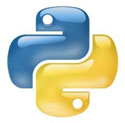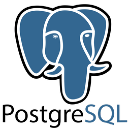AWS: Monitoring AWS OpenSearch Service cluster with CloudWatch0 (0)
1 November 2025
Let’s continue our journey with AWS OpenSearch Service. What we have is a small AWS OpenSearch Service cluster with three data nodes, used as a vector store for AWS Bedrock Knowledge Bases. Previous parts: AWS: Introduction to OpenSearch Service as a vector store AWS: Creating an OpenSearch Service cluster and configuring authentication and authorization Terraform:… Read More »
![]()





